Word Order Change in Acquisition and Language Contact. Essays in honour of Ans van Kemenade.
The case studies in this volume offer new insights into word order change. As is now becoming increasingly clear, word order variation rarely attracts social values in the way that phonological variants do. Instead, speakers tend to attach discourse or information-structural functions to any word order variation they encounter in their input, either in the process of first language acquisition or in situations of language or dialect contact. In second language acquisition, fine-tuning information-structural constraints appears to be the last hurdle that has to be overcome by advanced learners. The papers in this volume focus on word order phenomena in the history of English, as well as in related languages like Norwegian and Dutch-based creoles, and in Romance.
{{comment.content}}
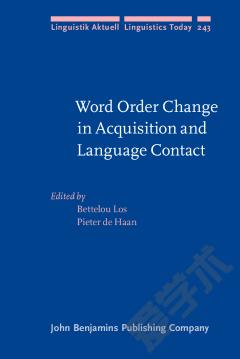
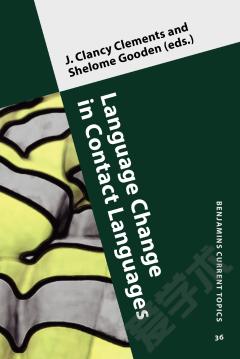
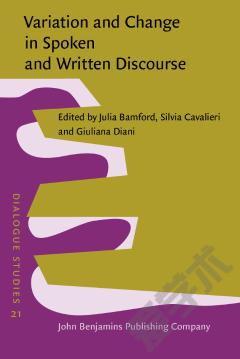

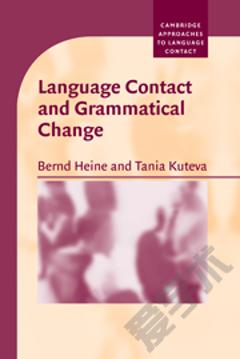
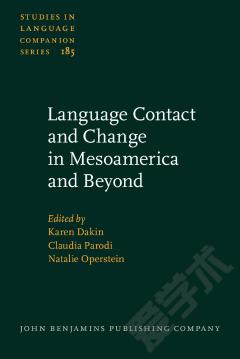
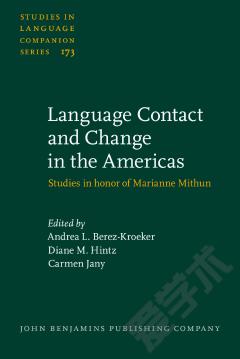

 京公网安备 11010802027623号
京公网安备 11010802027623号